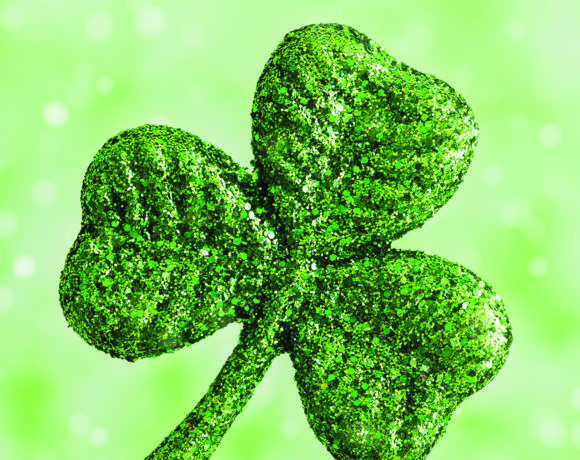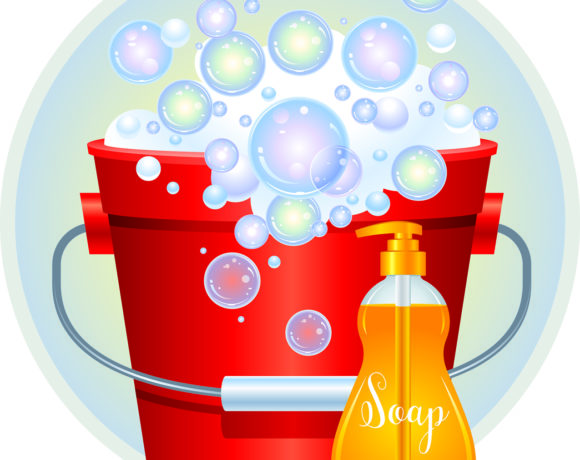The renowned writer Ernest Hemingway is credited with saying, “My only regret in life is that I didn’t drink more wine.” Perhaps if the author had a better understanding of pairing wine with food, he would have enjoyed his wine a bit more often?
Unless you’re spending time with a master sommelier or a seasoned oenophile, you’re unlikely to be given a hard time if your wine and food pairings are not perfect. Although there is no need to always pair a bottle with food like an expert — and it’s certainly alright to break the rules if you’re particularly passionate about a specific type of wine — a general knowledge of classic food-and-wine parings can help anyone expand their knowledge and please their palate. And yes, it goes beyond white is for fish and red is for beef. These pairing pointers, courtesy of the experts at Food & Wine, Tasting Table and Wine Folly, can help anyone find the right combination for their dinner table.
Basic methodologies
As you grow more familiar with wine, you’ll learn why these tried-and-true suggestions often work.
• Red wines pair best with bold flavored meats (red meat).
• White wines pair best with light-intensity meats (fish and chicken).
• The wine should have the same flavor intensity of the food.
• The wine should be sweeter than the food.
• The wine should be more acidic than the food.
• It is better to match the wine with the sauce than with the meat.
• Think about whether you want contrasting or congruent pairings. Red wines often create congruent pairings while white, sparkling and Rosé will create contrasting pairings.
Congruent versus contrasting
Congruent pairings, according to Wine Folly, create balance in the mouth by amplifying shared flavor compounds. For example, earth wines paired with earthy mushrooms. Contrasting pairings create balance through contrasting flavors. Therefore, a salad with acidity and bitterness may be complemented with a wine that is sweeter and not so acidic, or so may be the case with a fatty, salty food like foie gras.
Common pairings to try
• Mushrooms, lentils and even salmon go great with reds like Pinot Noir or Dolcetto. These wines are light-bodied but also full of savory appeal.
• Champagne and oysters work because Champagne has a touch of fruity sweetness. This helps it cut through salty foods like oysters or even chips.
• Cabernet, and Bordeaux are ideal with steaks and lamb dishes. The tannins in cabernet will cut through the protein and fat in these red meats, while the fat balances out the rich tannins.
• You’ll need a wine that pops like Sauvignon Blanc, to go with tangy foods, such as grapefruit or scallops. This white wine also can work with various vinaigrettes or tangy cheeses.
• Chianti is a prized Italian wine made from Sangiovese grapes. High acidity and noticeable tannins will help chianti pair well with high acid foods like those featuring tomato sauces, such as a rich pasta dish.
It may take some time to gain experience pairing wine and foods. However, with a little practice, individuals can perfect their wine pairing skills.








Recent Comments